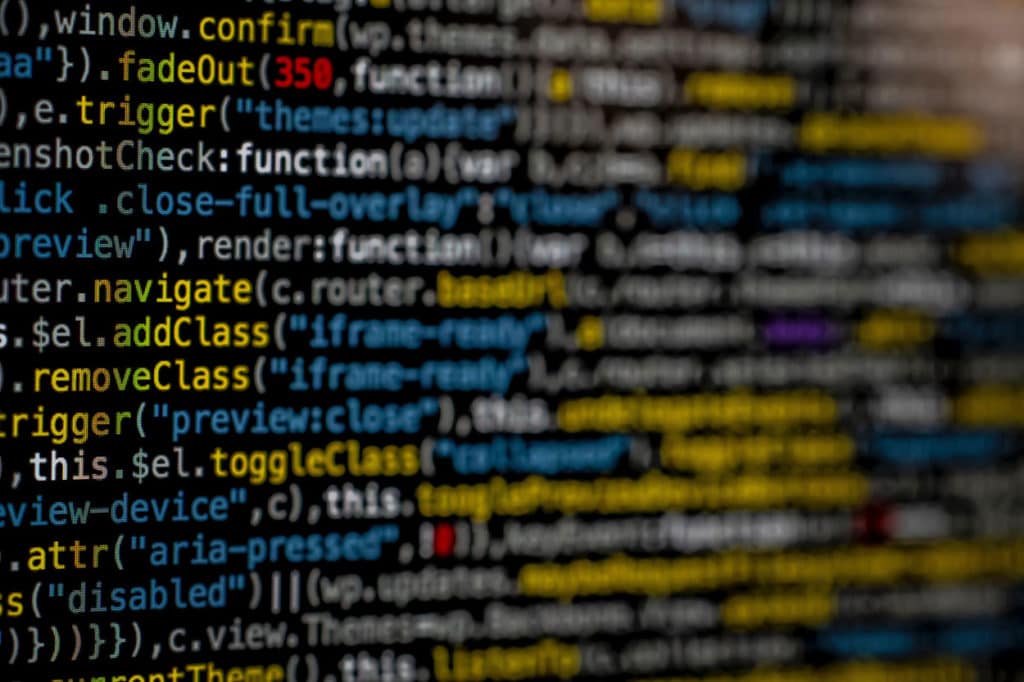Hurricanes, floods, and other natural disasters are common threats to the energy grid. High winds, wildfires, or heavy snow and ice can knock down wires and cause a cascade of blackouts across the system. But what about the threat of cyber attacks? A cyber-terrorist can cut off the supply of power to an entire city or region, dropping residents into darkness and putting lives at risk by hindering emergency medical services or law enforcement. Cyber-terrorists are rarely as predictable as a hurricane, but they can be every bit as devastating. According to a report by NETSCOUT, operators of the Cyber Threat Horizon tracker, there was a staggering 595% year-over-year increase in cyberattacks against utilities worldwide.

This is where microgrid systems can step in to save the day. In a commercial or residential setting, if a cyber attack takes out an entire system, one or more buildings can disconnect from the municipal grid and rely on their own generators, batteries, or renewable energy sources for the duration of the attack. According to an E Source study, power outages cost US businesses over $27 Billion annually. Some critical services, such as hospitals and military bases, have already transitioned to secure microgrid systems to avoid costly—or deadly—outages.
What Makes Microgrids So Safe?
A large part of the inherent safety of microgrids is how they decentralize control and thus vulnerability. In the United States, most of the electrical power in each region comes from a single power station, in other words, from a single target. In contrast, microgrids use “distributed energy resources” or multiple points of power generation. A cyber criminal would have to target every point of generation in order to bring down a microgrid.
As alluded to earlier, microgrids are also appealing because of their ability to “self-island” and isolate themselves from the grid. As a result, if one part of the system is under attack, “mission-critical” facilities can guarantee uninterrupted power supply by shedding non-essential power loads and relying upon on-site generators and batteries.
Industry, Energy, and Security
Despite the name, the Digital Age has turned out to be more reliant on physical resources than ever before. As evidenced by the Colonial Pipeline hack, security failures at any point can have severe consequences across multiple industries. For example, for mines that produce metals and ores used in circuitry, mineral availability could have a cascade effect on any manufacturer of electronics. For other mines, their position at the very beginning of global supply chains means that everyone wants to know what’s going to happen next and how expensive it’s going to be. A cyber attack could come from anyone, ranging from a hostile government to a group of anti-mining hacktivists to someone looking to influence global markets.
According to one survey, 55% of energy and resource companies experienced “a significant cybersecurity incident” in 2017-2018 and 48% of respondents reported that they thought it “unlikely that they would be able to detect a sophisticated cyber attack.”
A cyber attack that cuts off power to the mine, to processing facilities, or even to employee housing could devastate production, possibly for weeks if the mine is in an underdeveloped, remote location.

A Role for Microgrids
With increased corporate prioritization on transparency, communication, and “smart technology,” the mining industry is vulnerable to “gaps” in cyber security where new tools were integrated with legacy systems, possibly leaving holes open for potential cyber threats. To combat this, microgrid infrastructure has developed to the point where they can slide into that cyber vulnerability niche.
Microgrids already have a built-in system of sensors that are constantly evaluating the surrounding energy supply, looking for potential problems. In addition to that, a new “breed” of microgrids is emerging, known as cybersecure systems. Traditional microgrids usually have a single “brain” or master control system responsible for managing the microgrid. New cybersecure systems have multiple brains, which means that if one control system is targeted by an attack, one or more of the other brains can take over control of the system and preserve its integrity. Through this type of system, the breach in security can be isolated from the rest of the system without interrupting the availability of power.
The concept of cybersecure microgrid systems is a new development and information security specialists are constantly improving upon security software. As the independent Energy Transition Market Platform, VECKTA is committed to co-creating profitable, sustainable, equitable solutions, while avoiding placing your business critical energy infrastructure out of your control. The first stage in this process is to assess your project’s energy potential.
Our free Rapid Energy Assessor provides instant insights into how you can increase your energy resilience, optimize your costs, and reduce your carbon footprint in four quick steps.
Photo credits: (Nahel Abdul Hadi / Unsplash) (Markus Spiske / Unsplash)
